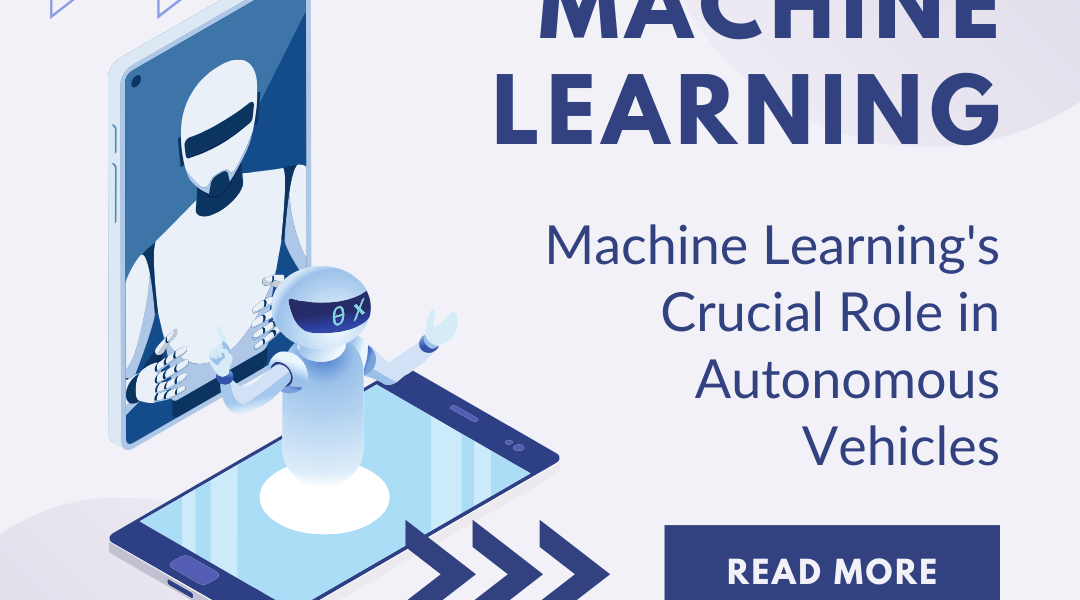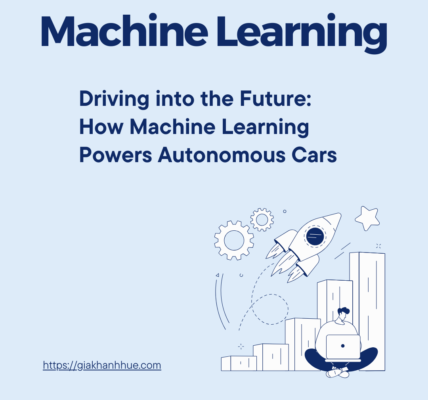In the rapidly evolving landscape of technology, machine learning stands as a revolutionary force, particularly in the realm of autonomous vehicles. These self-driving marvels, once the stuff of science fiction, are now navigating the cusp of reality, thanks to the profound capabilities of machine learning.
Machine Learning, at its core, is a method of data analysis that automates analytical model building. It’s a branch of artificial intelligence based on the idea that systems can learn from data, identify patterns, and make decisions with minimal human intervention. In the context of autonomous vehicles, this technology is not just an add-on; it’s the backbone.
Firstly, machine learning algorithms are pivotal in enabling vehicles to understand and interpret their surroundings. Cameras, radars, and lidars feed vast amounts of data about the environment back to the vehicle. Machine learning algorithms process this data in real time, identifying everything from road signs and traffic lights to pedestrians and other vehicles. This constant stream of learning and adaptation is what makes autonomous navigation possible.
Moreover, machine learning is essential for the predictive elements of autonomous driving. Vehicles must anticipate the actions of other road users and adjust their own behavior accordingly. Through machine learning, vehicles can observe human driving patterns and predict actions with an ever-increasing degree of accuracy. This ability is crucial for ensuring the safety and efficiency of autonomous vehicles.
Safety is, in fact, one of the most significant benefits brought by machine learning in autonomous vehicles. By reducing the scope of human error, which is a leading cause of accidents, autonomous vehicles promise a safer future on the roads. However, achieving this requires sophisticated machine learning models that can handle the unpredictability of real-world driving conditions.
The integration of machine learning in autonomous vehicles is also fostering a new wave of innovation in traffic management and urban planning. By communicating with each other and with traffic systems, these vehicles can optimize routes, reduce congestion, and minimize emissions. This isn’t just about getting from point A to point B; it’s about creating a smarter, more sustainable way of living.
Furthermore, machine learning is continually evolving. As it learns from more data, its ability to make accurate predictions and decisions improves. This means that autonomous vehicles will become even safer and more efficient over time. The potential for machine learning to adapt and grow makes it a perfect match for the dynamic, ever-changing scenarios encountered on the roads.
However, the path forward is not without challenges. Ethical considerations, data privacy, and cybersecurity are just a few of the issues that need to be addressed as we integrate these advanced technologies into society. Moreover, the need for robust, fail-safe systems is paramount. Machine learning models must be designed to handle unexpected situations and ensure passenger safety at all times.
Despite these challenges, the potential benefits of machine learning in autonomous vehicles are too significant to ignore. From reducing traffic fatalities to improving mobility for the elderly and disabled, the positive impacts are wide-ranging. As we continue to advance and refine this technology, it’s clear that machine learning will play a pivotal role in shaping the future of transportation.
As we embrace this new era of autonomous vehicles, we must also recognize and harness the power of machine learning. It’s not just about creating vehicles that can drive themselves; it’s about crafting an intelligent transportation ecosystem that’s safer, more efficient, and more sustainable. The road ahead is exciting, and machine learning is leading the way. As we continue to innovate and navigate this uncharted territory, one thing is certain: the journey will be transformative.



